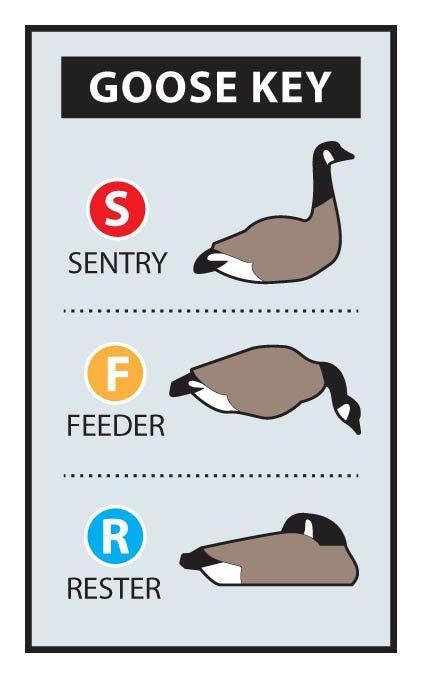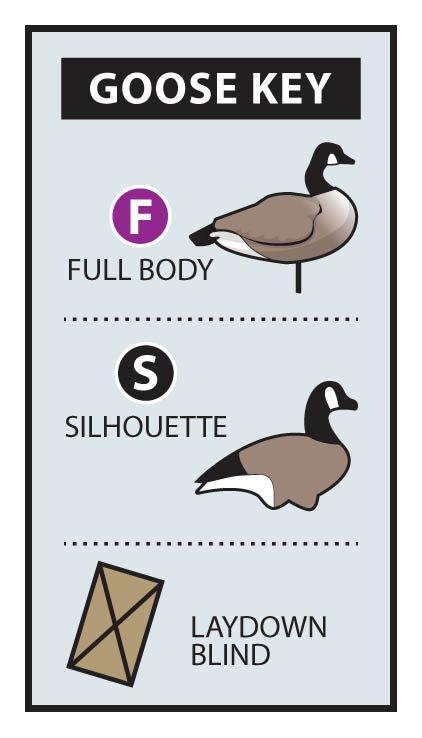Duck Hunting's Dirty Dozen
Twelve nitty gritty late-season duck and goose hunting tips for hardcore hunters to apply this winter
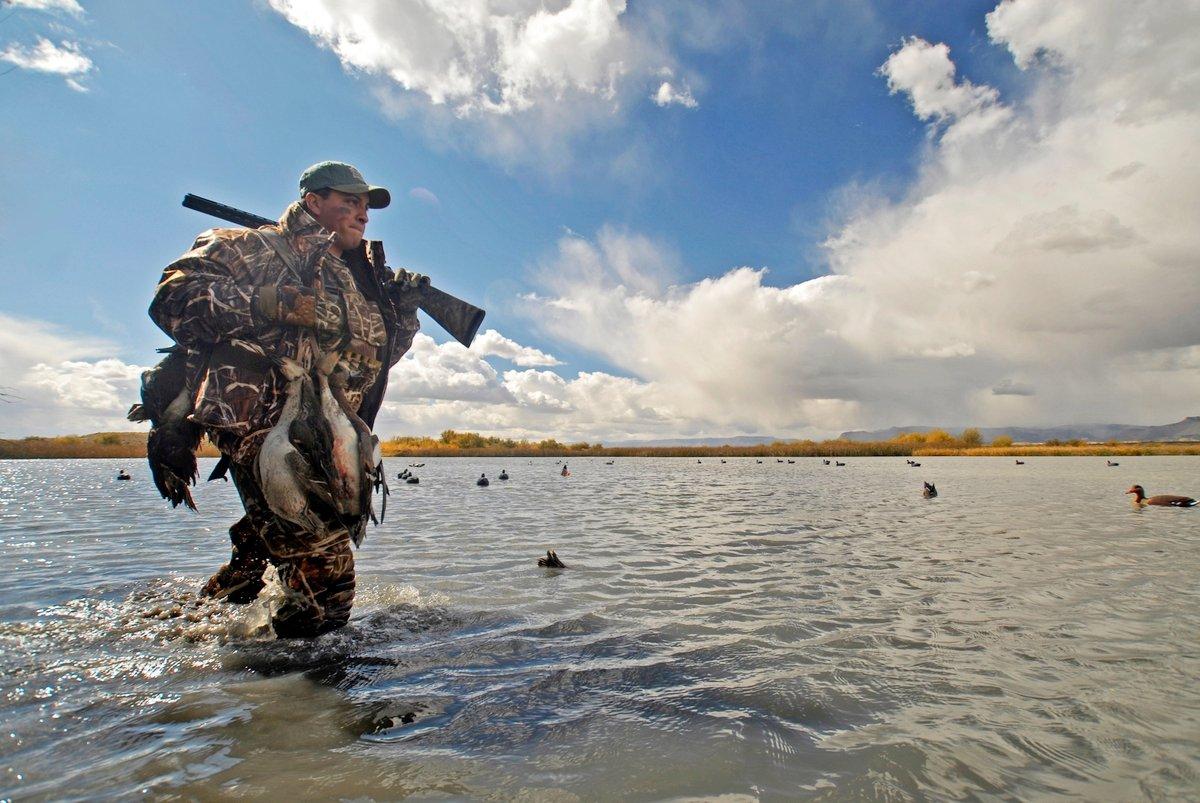
Here, too, is a similar yet different Dirty Dozen. These 12 strategies, as were the 12 men, are a means to an end. Your mission is not to conquer Nazi Germany, but to become a more proficient and successful waterfowl hunter. Use these late-season duck and goose hunting tips as you see fit.
It's H-Hour; let's march -

Too many waterfowlers get complacent in their approach to camouflage and concealment. Blinds that looked fine at the start of the season aren't nearly as invisible as they once were. When I'm cutting brush for my blinds prior to the season, said four-time Tennessee State duck calling champ Bill Cooksey, I cut twice as much as I'm going to need. I'll pile the extra nearby, and it'll weather along with what's on the blind. When I need to re-brush, I've already got material that matches perfectly.
Hardcore concealment means paying attention to the details and remembering that there aren't any such things as insignificant details when it comes to hiding.
2. TO MAKE IT REAL, MAKE IT MOVE
Today's decoys are all about realism and natural movement. In order to compete with gunners up and down the flyway, your spread is going to have to look its best - and this translates into movement as well as stationary visual appeal.
How do you accomplish this? First, as legendary goose caller and master carver Fred Zink will say, You gotta keep 'em clean. It's elemental, but I can't tell you how many spreads I see that include muddy, dirty, broken or otherwise unrealistic decoys. A little clean water and a stiff bristled brush will help keep a spread looking good.
Secondly, get the very best, most natural decoys you can afford. And remember, numbers don't always mean everything. Two dozen lifelike blocks can, and often will, out-produce five dozen duck or goose monsters. In the modern spread, movement, along with realism, is vital.
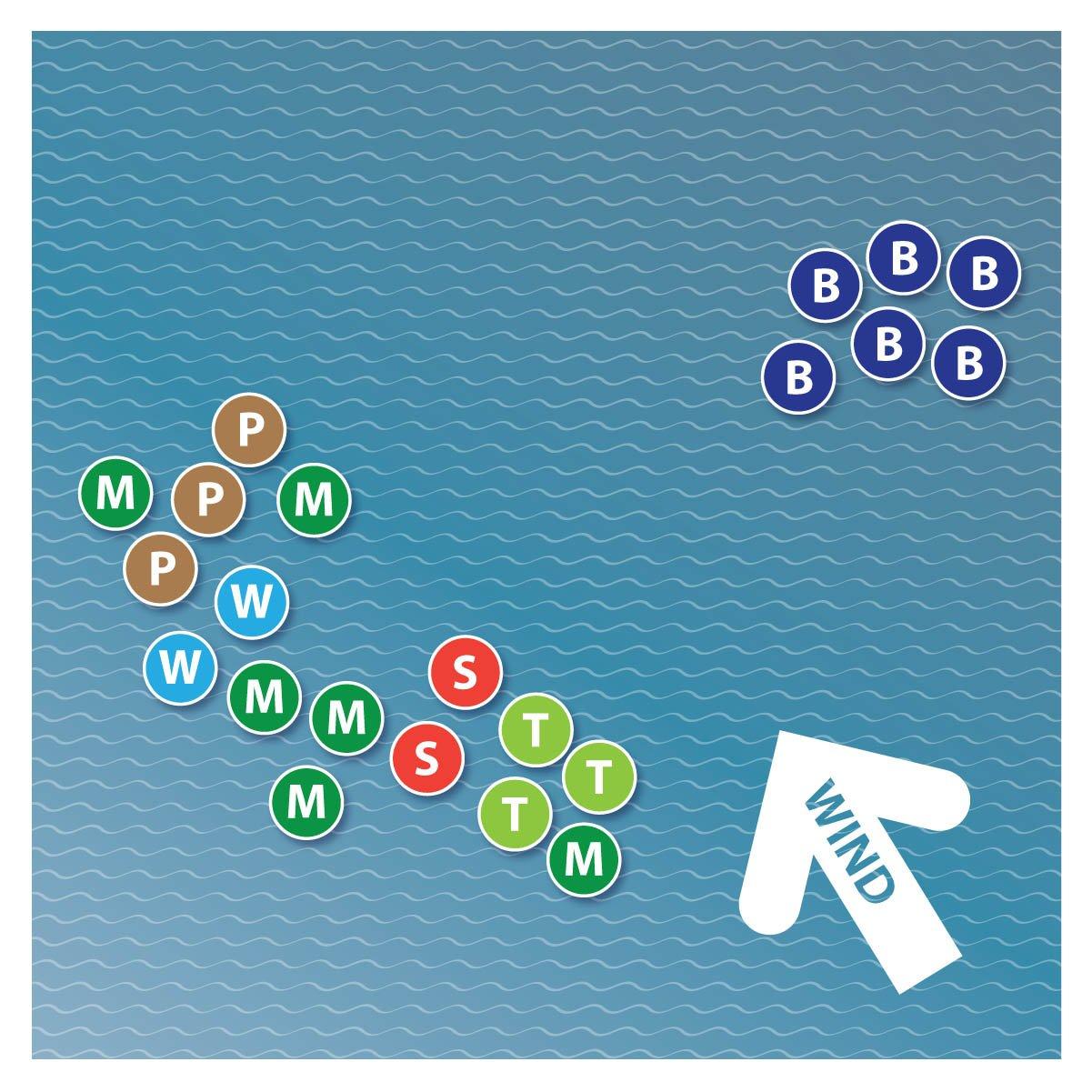
A half dozen wigeon, sprig, grey ducks or spoonbills separates your rig from the countless all-mallard rigs birds have encountered up to this point in the season. A small knot of bluebills off to one side, or a cluster of four or five drake pintails adds white coloration and makes your spread highly visible. It stands out, and that's what you want it to do. I accomplish the same visual effect when goose hunting with six white-fronts and two snows grouped and set off to one side of my dark geese.
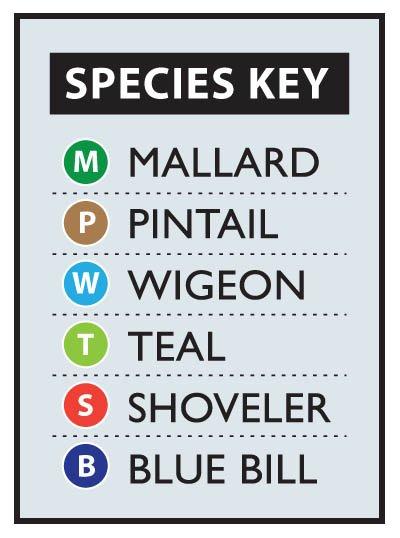
Making your own decoys accomplishes one primary goal - it makes your spread different than all the rest. Good friend and Washingtonian Steve Sutton fashions his fakes from wood, cork and old crab floats. Zink carves, details and paints mirror images of Canada geese so real you'd have to ask which is wood and which is flesh and feathers. Eastern Washington's Ben Holten, a talented taxidermist, hunts over self-worked stuffer Canadas. It's all about realism, and it's all about giving the birds something different. Maybe you're not carving your own decoys, but even something as simple as touching up paint jobs with your own version of a drake's winter plumage, or painting up a few old mallard decoys to look like bluebills, can set your spread part.
5. SPEAK IN TONGUES
The majority of duck hunters across the country, with the exception of diver and sea duck purists, spend most of their time looking at a mallard spread. These same gunners, with the same exceptions, will have at least one, if not several, mallard hen calls around their necks. This isn't a bad thing, as these tools have and continue to prove themselves season after season.
However, there are times when something other than that old Mama mallard QUACK can make a difference. It all goes back to presenting the most realistic and natural illusion possible, and 100 percent mallard isn't always 100 percent real. Maybe it's time to try a wigeon or sprig whistle, the nasal dink-dink of a gadwall, or the growl of a drake bluebill. It all comes down to how fluent you are in your second language of choice—duck.
6. GO TO SCHOOL
Today, we hunters are blessed with some of the most knowledgeable waterfowlers to ever come down the proverbial pike. These are men schooled deeply in the ways of ducks and geese, but what's more, they're individuals that we, the common man, have access to. We can ask Sean Mann, John Vaca, Fred Zink, Tim Grounds, Field Hudnall, Barnie Calef, Buck Gardner - and the list goes on and on - questions about what to do, what not to do, and why this or that tactic does or doesn't work on any given day. So take a minute. Pick up the phone, log onto websites like 100 other 'fowler specific forums, and ask them yourself.
7. TRY COOTS!
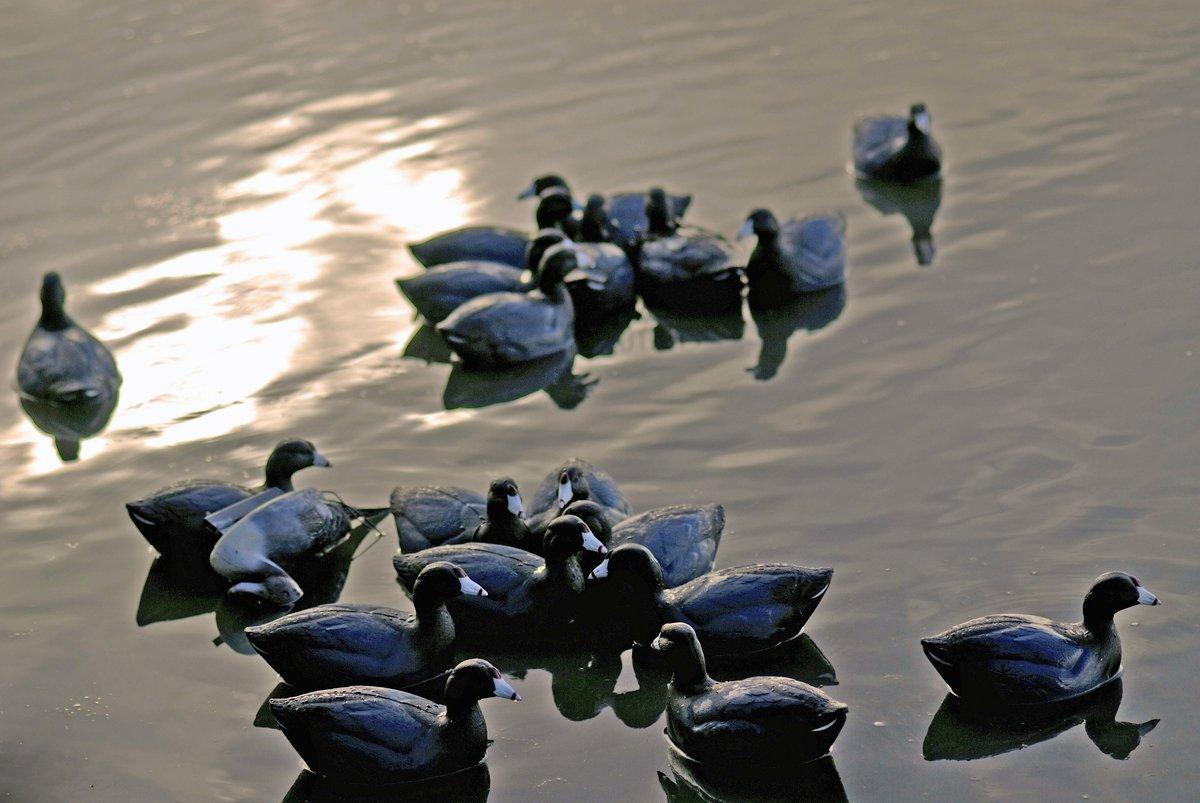
Secondly, all-coot spreads can prove the ultimate in naturalism. How many times has your fancy mallard or mallard-mix rig been out-shone by 30 live coots? When I've done it, I've set 20 to 25 coot decoys in a tight feeding mass, with a minimum of two pair of those tethered to jerk cords. A pull of the string sets the whole knot to thrashing. Birds, particularly wigeon, can't seem to resist.
And finally, there're coots and the public land waterfowler. I mean, who isn't going to give a wide berth to the man who arrives at the ramp with a bag full of coot blocks over his shoulder?
8. BE EFFICIENT
The most efficient rig I've ever seen belonged to a young Iowan by the name of Doug Hess. Hess spends much of his hunting time on a brutally pressured wildlife area, and yet manages to consistently take his share of greenheads.
Hess and I hit the water at 8:30 one morning; he works afternoons, and doesn't start gunning until 8:30 each day. We set up in what he called a less-than-perfect location, simply because his first pick was occupied. Hess, working alone, set 48 magnum mallards with hand-poured anchors and two Robo-Ducks, raised the customized blind he built on his 18-foot sled, and then commenced to peering through field glasses at the guy in "his" spot. After about an hour, he climbed down from the bow and said, "We're moving."
With that, the kid dropped the blind, picked up and stowed 48 mallards and two electric ducks. We moved some 600 yards, he put the decoys back out, raised the blind, and got everything set and ready to hunt in 12 minutes. I know; I timed him. Oh, and we killed birds.
How did he do this? For one, his boat is meticulously organized. Secondly, his decoys are rigged with tangle-free line and L-shaped weights that catch on the vegetation that's present everywhere Hess hunts. That means little winding and unwinding decoy lines. Finally, he sets his spread unusually close to the blind. Virtually every decoy can be thrown into the boat without much wading around.
Hess successfully hunts heavily gunned public land in the Midwest in part because his system is the epitome of efficiency. That, and he doesn't hesitate to pack it up and move if the birds tell him to. You, too, can be that efficient. But are you?
9. DOWNSIZE

My late-season spreads are changing, says Ron Latschaw, the man behind Final Approach and the famed Eliminator layout blind. I've had some of my best shoots ever over just eight decoys. One reason is when geese commit to a spread of eight, they're right there. Everybody's going to have a shot. You put out 100 decoys, and those birds can land on the left side or the right side. It's magic when they come into eight decoys. There's no getting away from you.
He continues, I'll put out three feeders, four sentinels, and maybe one rester. That's it. It looks like a small family group - survival mode - standing off by itself. They're not getting into a big group because they're cautious. And it's interesting that the birds that are cautious and in the bigger groups themselves find these small decoy groups really interesting.
10. LITTLE BOATS
Sure, big skiffs with propane kitchens and bench seats are nice. But smaller, low-profile craft like the 14'4 Carstens Canvasback with a 6-horsepower mud motor I run can provide access to places, especially on public waters, where the big-boat guys can't go. It's a crying shame when the birds are piled up in a six-inch-deep seasonal backwater, but there's no way to launch that 18-foot Viking war machine. A crying shame, that is, for everyone but the man with a lightweight rig like that.
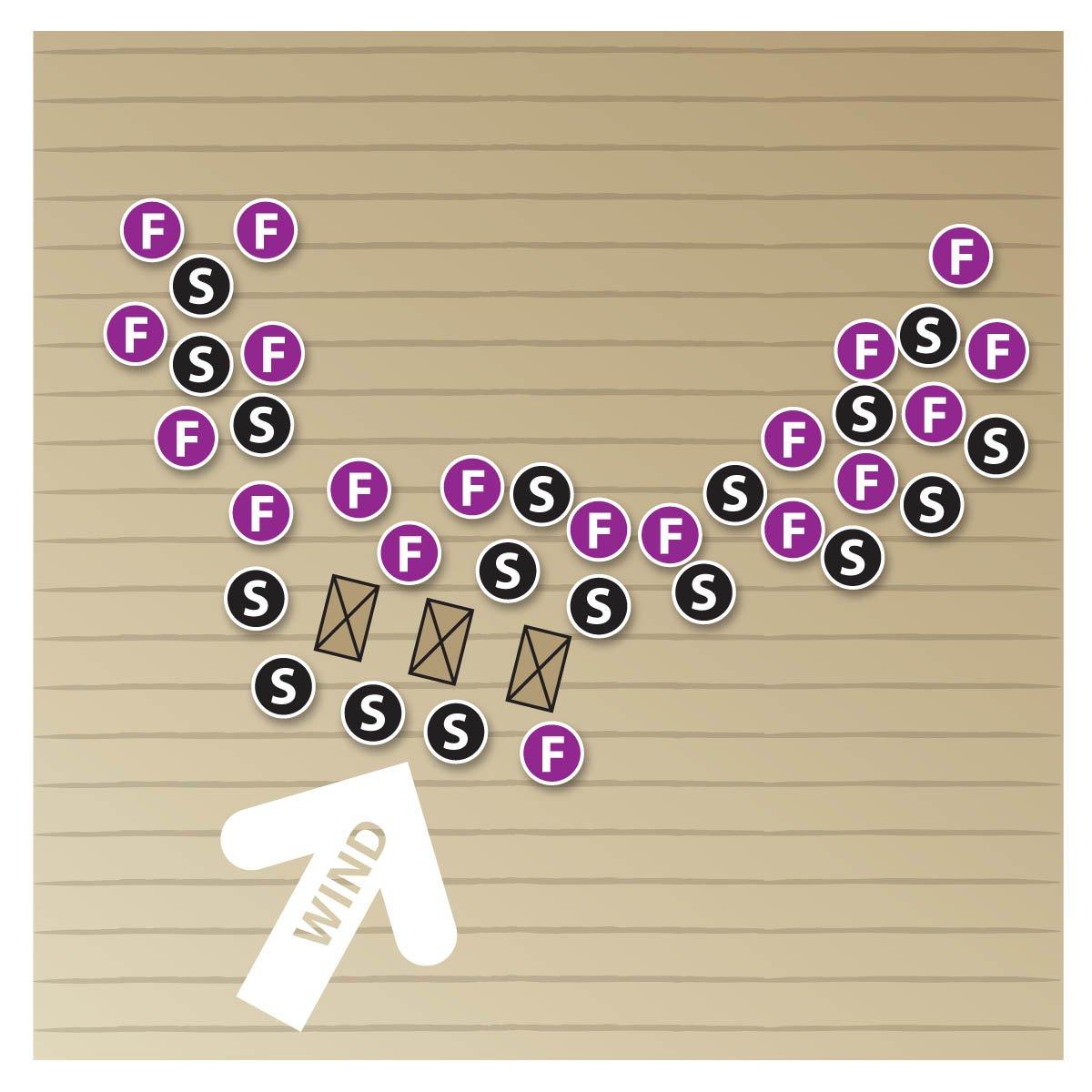
Back in The Day, goose hunters were told to never mix silhouettes with shells. And Heaven forbid you toss them in amongst full-bodies.
Today, the old Never Mix adage is just that, old. At times, the problem with a full-body spread is no movement. By mixing silhouettes completely throughout your spread of full-bodies and shells, the appearing-and-disappearing act that the silhouettes do is the same thing that flashing wing decoys and flagging does. It gives the illusion of movement in the spread, and movement, as we've discussed, is a very good thing.
12. BE A JERK
I'll never forget the day Buck Gardner told me in no uncertain terms - If I had to choose between a duck call and a jerk cord, I'd choose a jerk cord 100 percent of the time. Coming from a duck calling World Champion and Champion of Champions…well, that says a whole lot about jerk cords.
The problem with even today's ultra-realistic decoys is they lack movement. Throw a simple-to-make, inexpensive, and portable jerk cord into the mix, and you've eliminated this problem entirely. I'm with Buck on this one, regardless of what or where I'm gunning.

